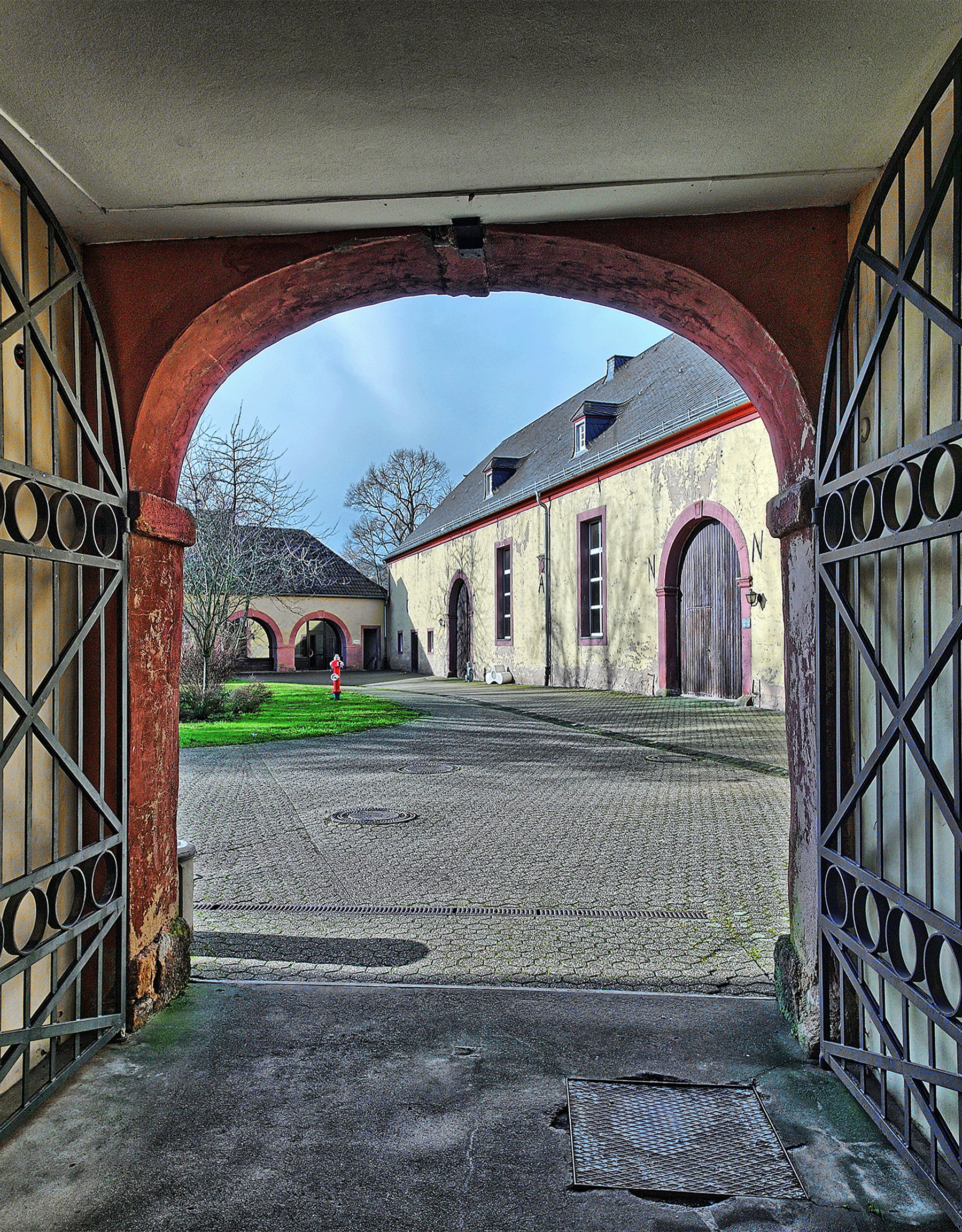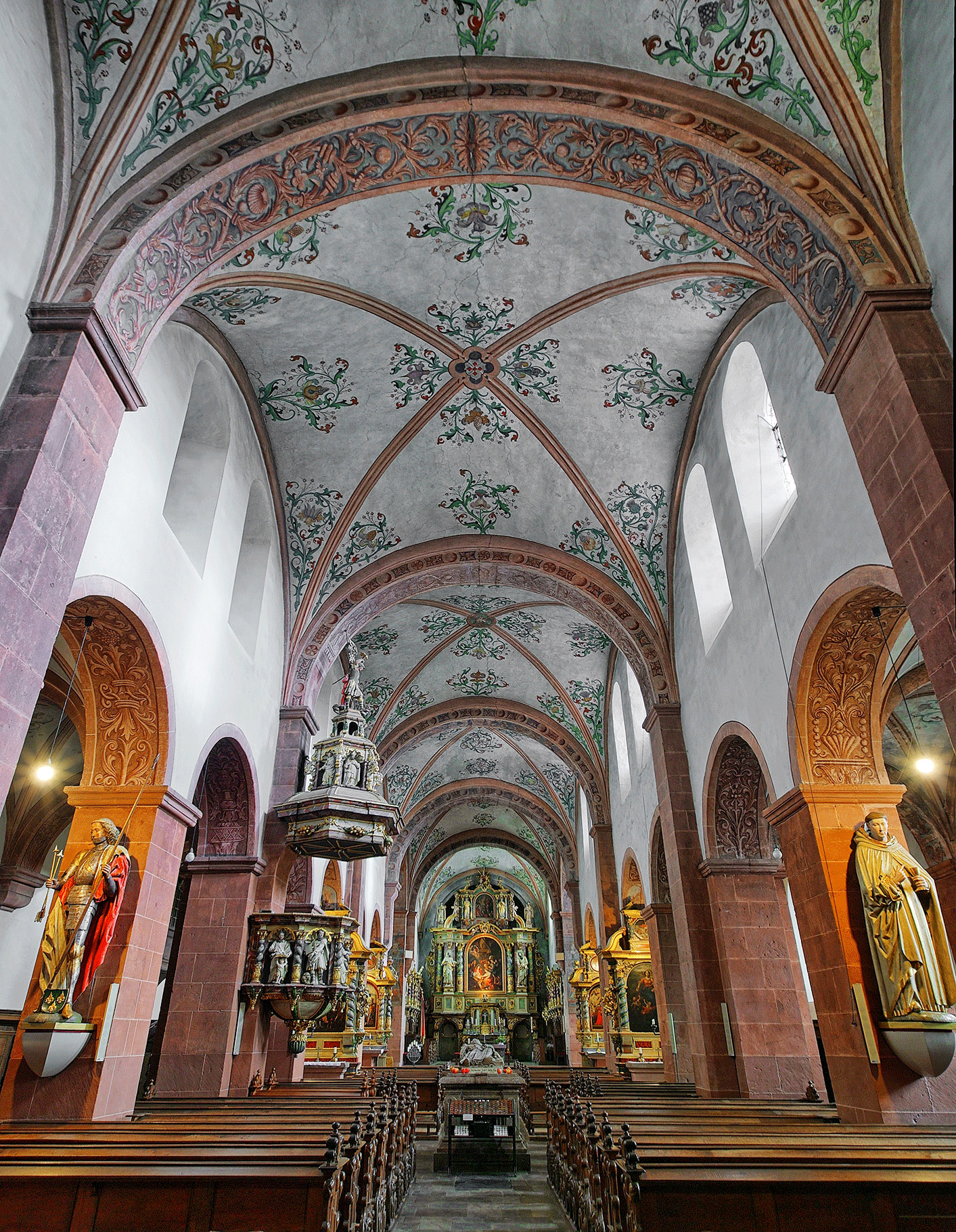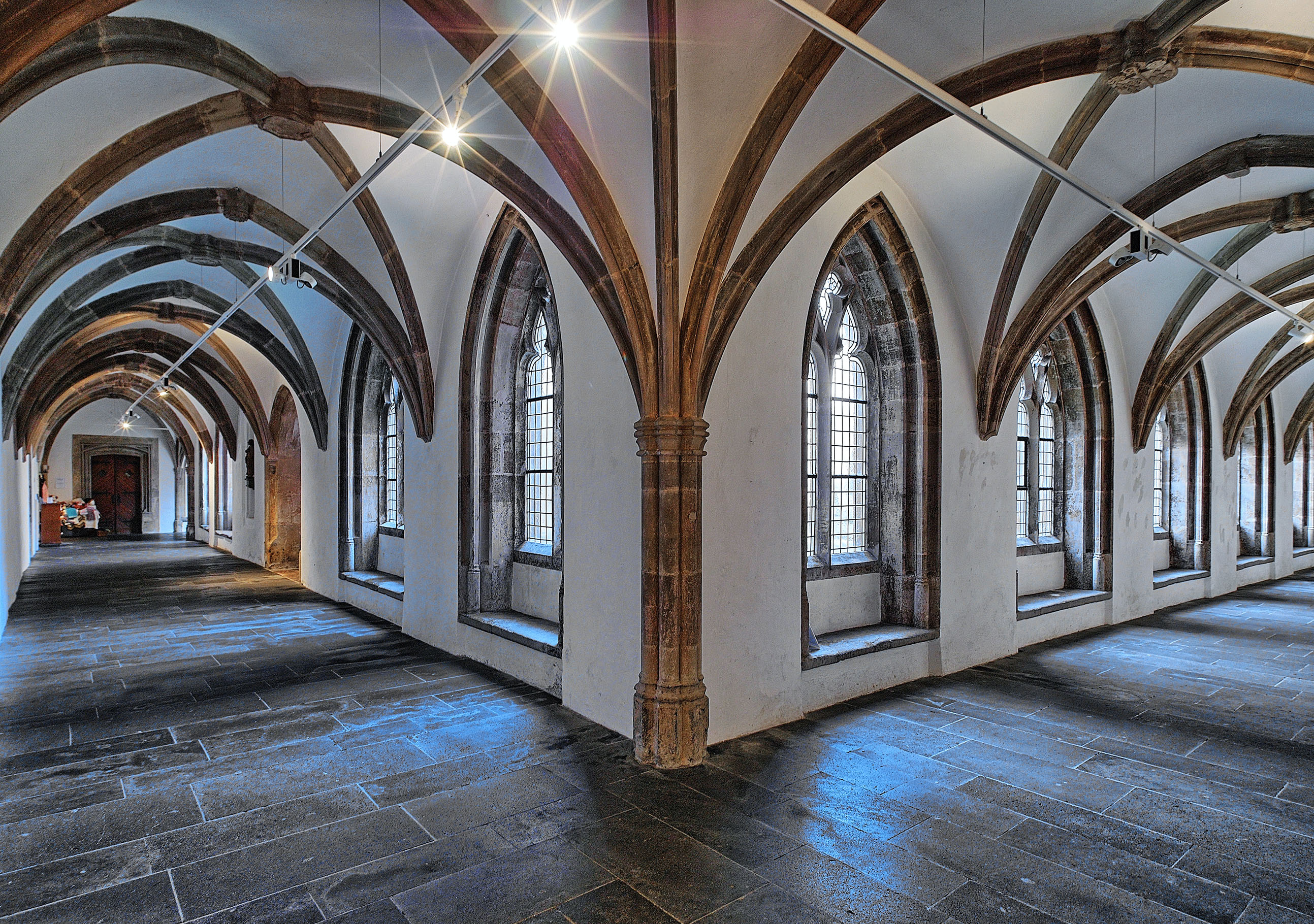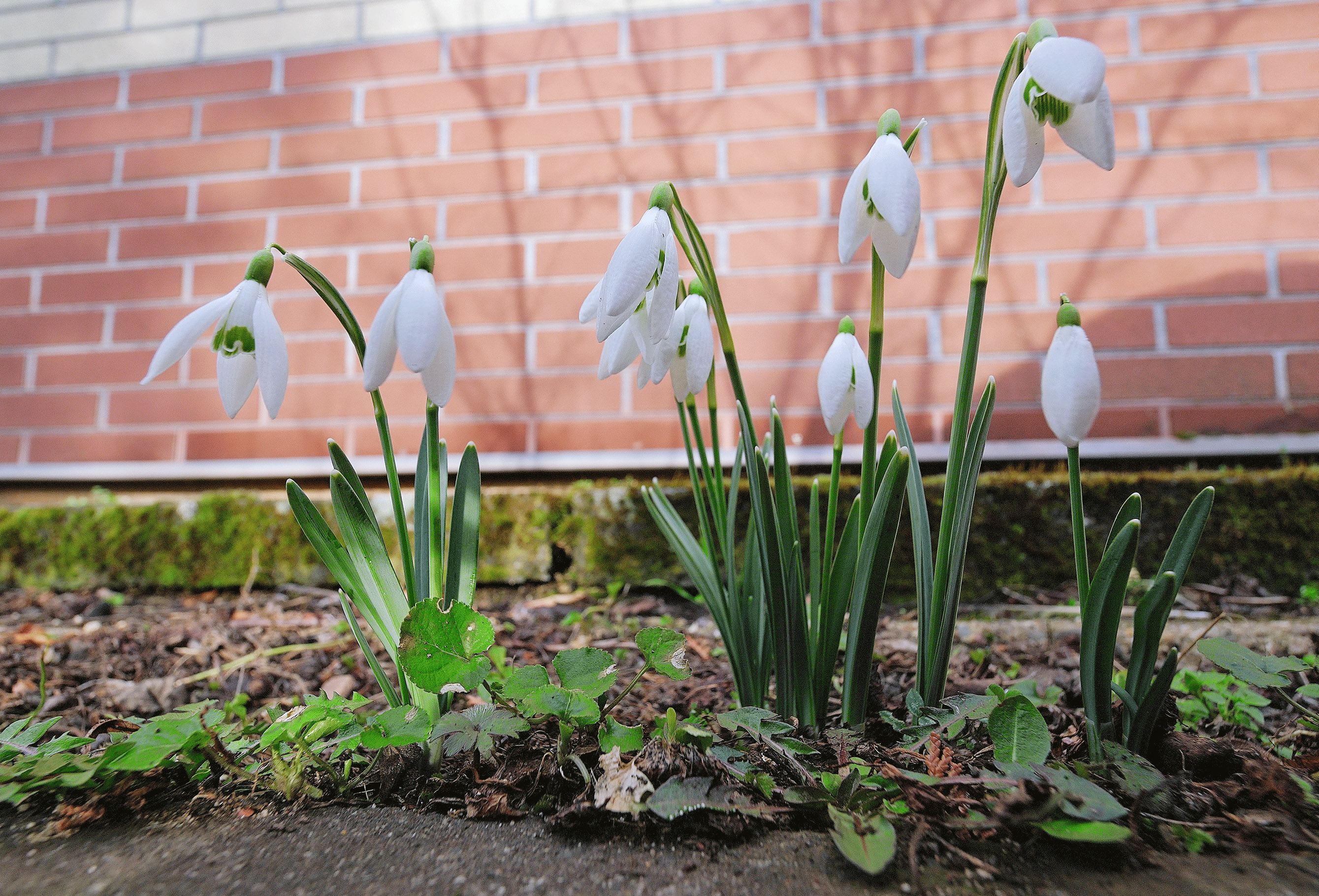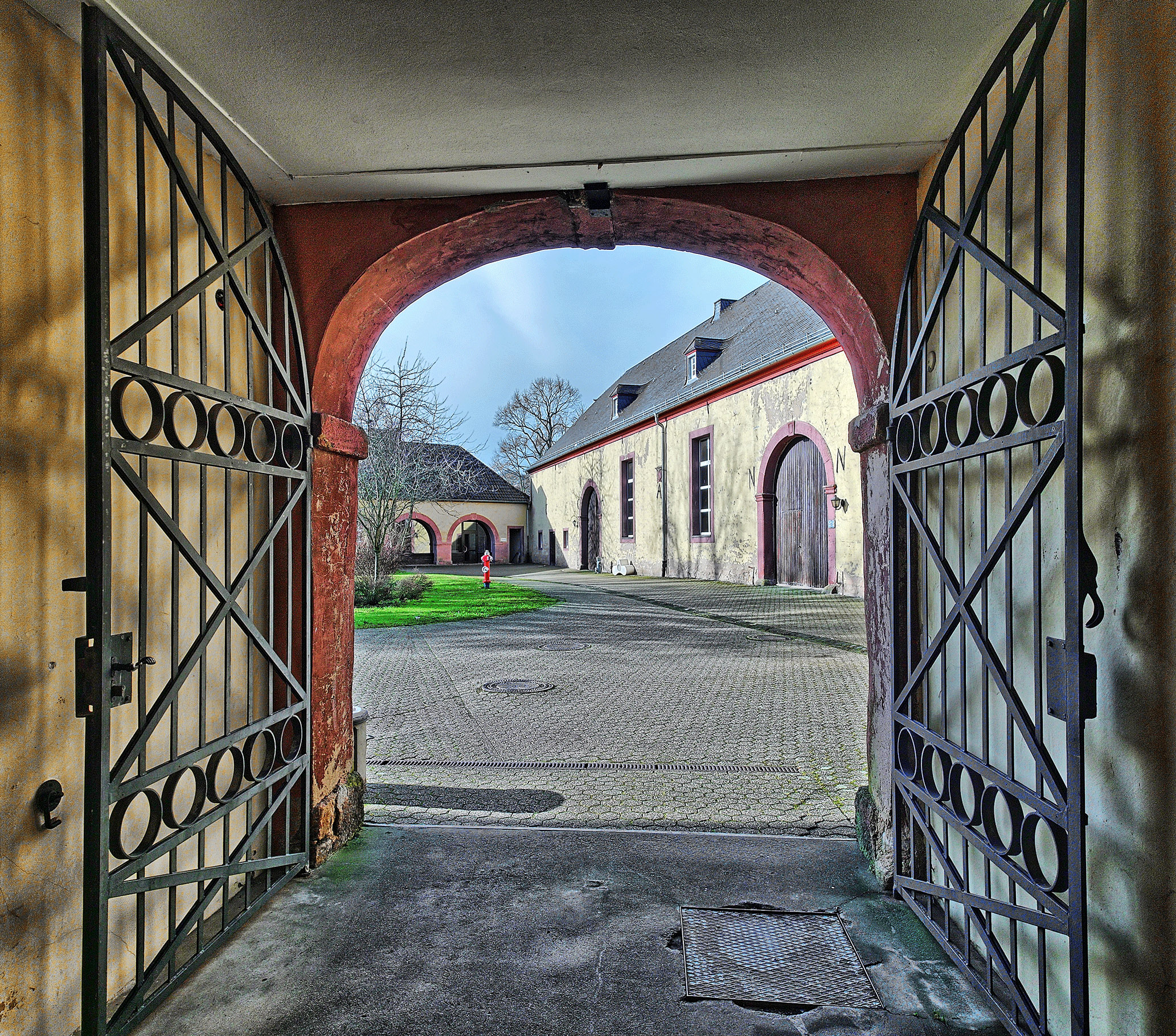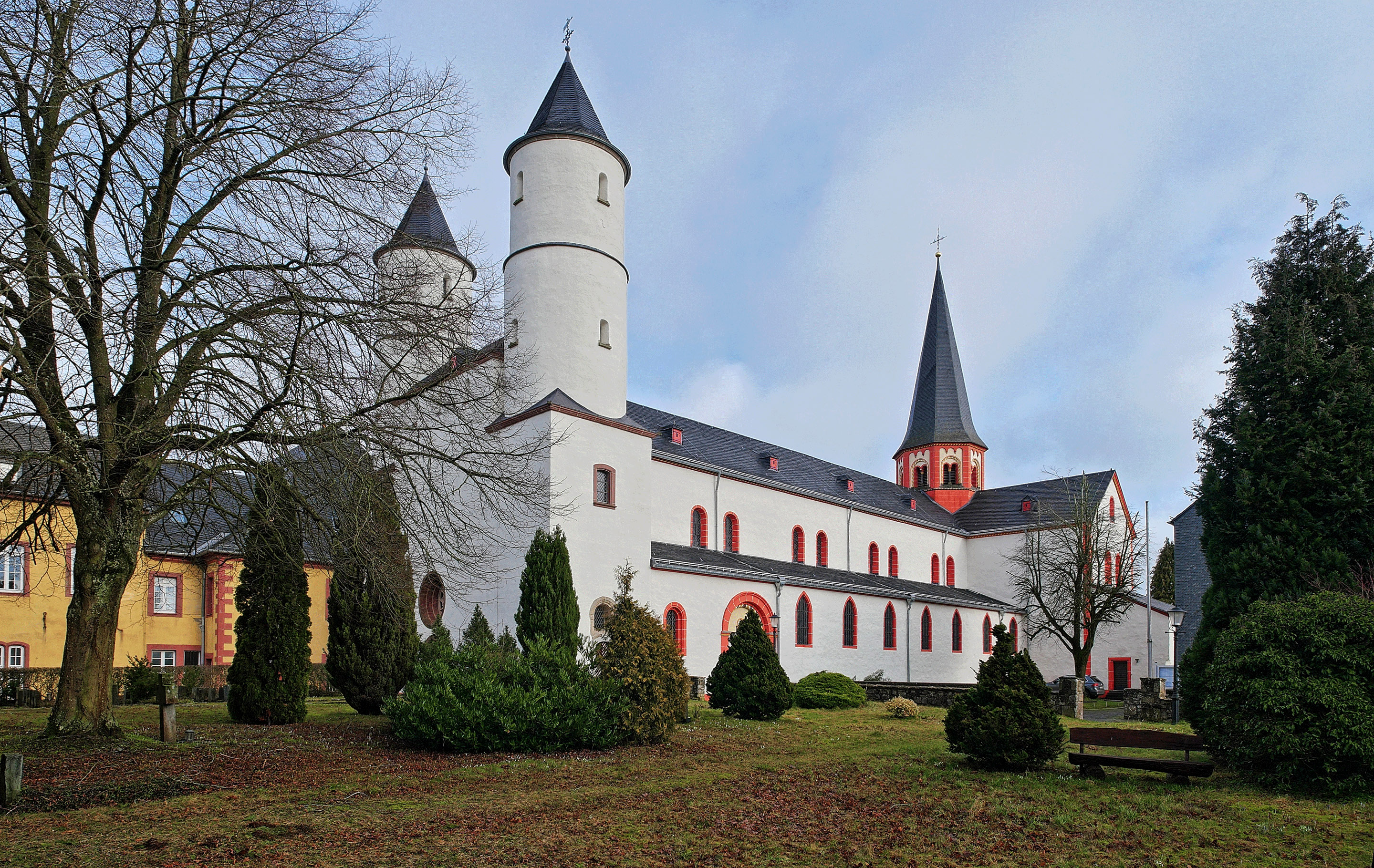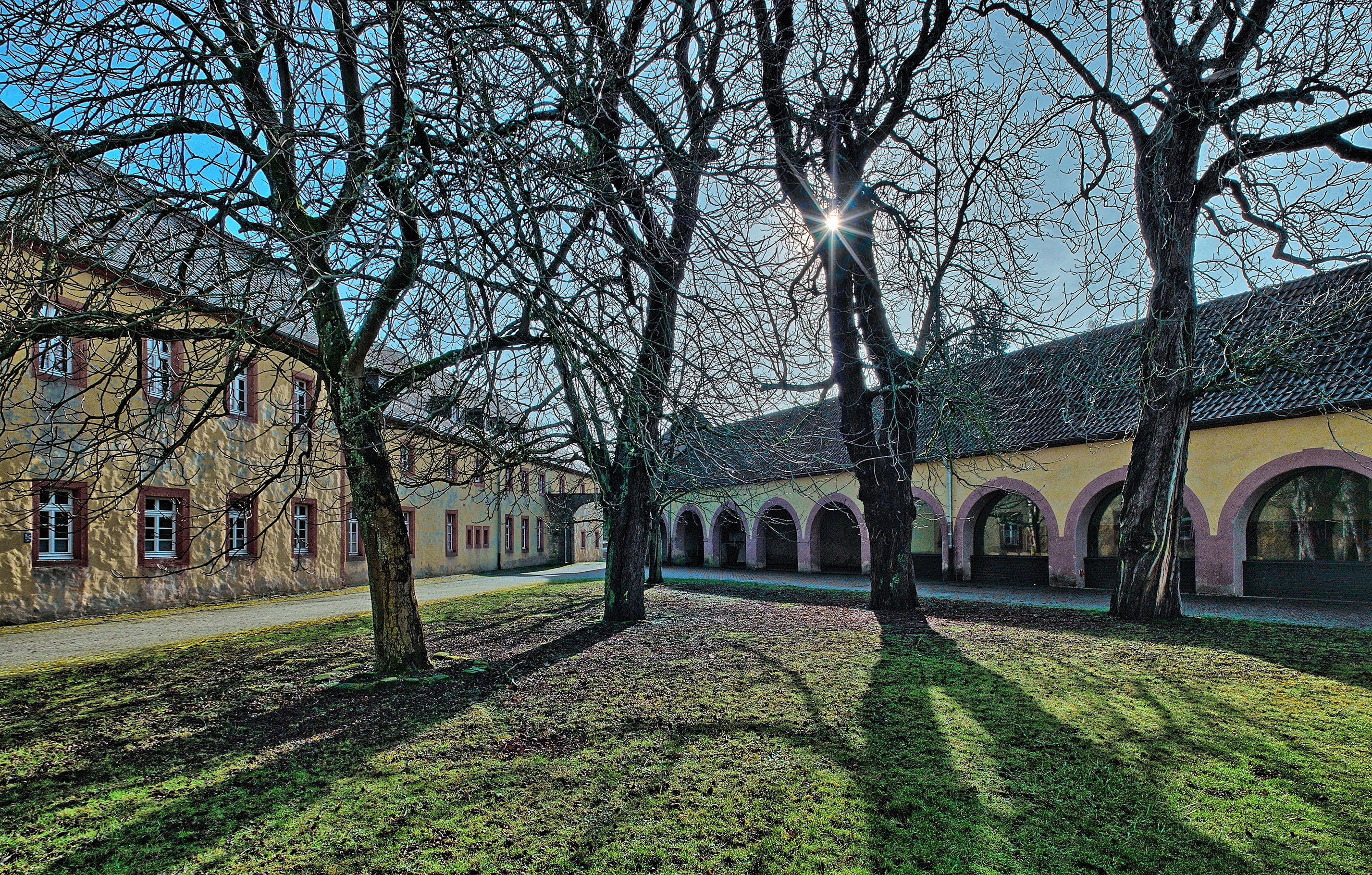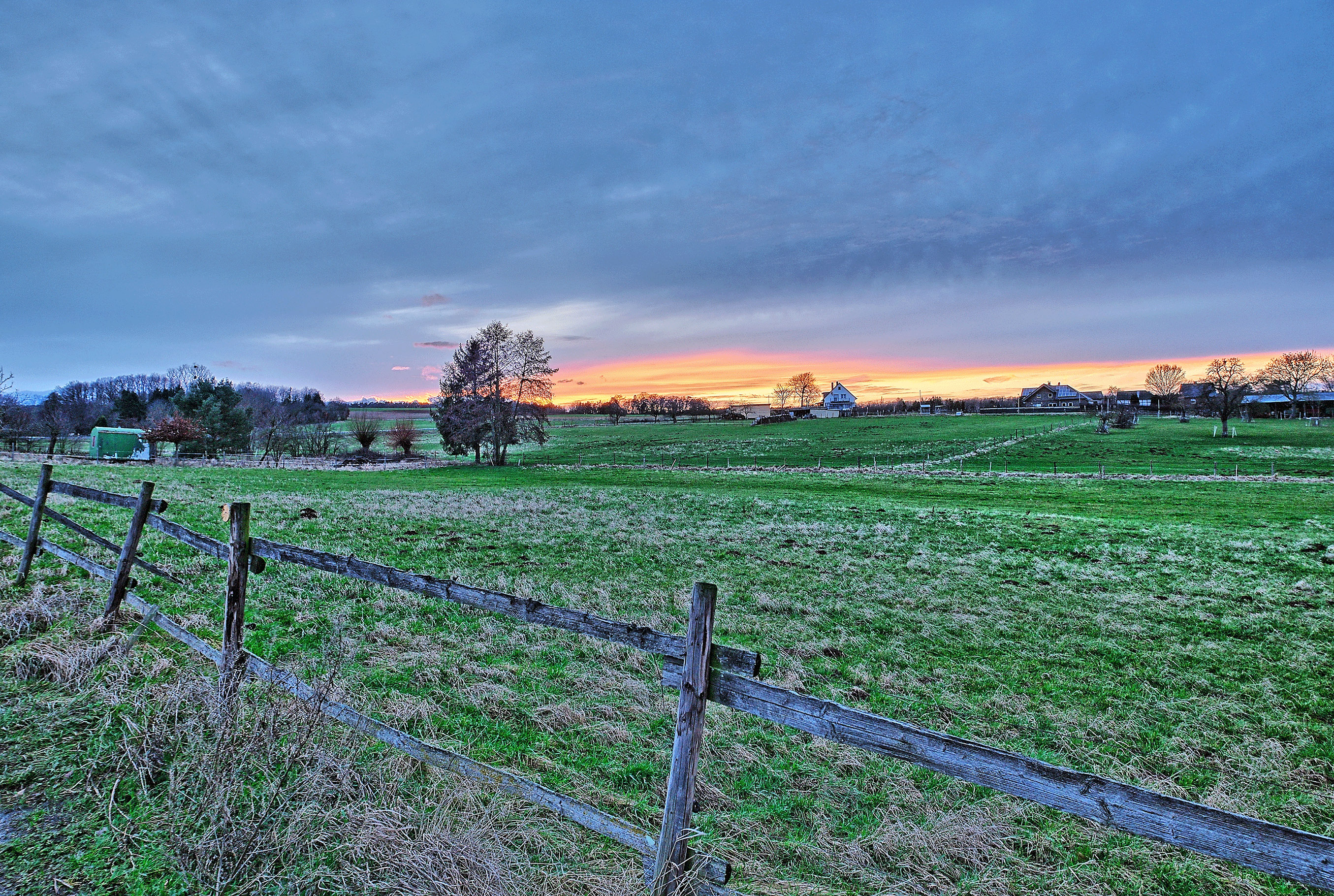It should be for landscapes, backlighting, interior shots of churches, and sun stars.
For this purpose, I had 6 lenses on my list, and the NiSi was the one I chose, and it met my expectations.
- Sunstars are clearly defined, regular, and effective even at large apertures. I don’t want to show anyone frayed sunstars with unevenly long rays and irregular angles. The NiSi (along with the TT Artisan 10mm f2) is perfect in this regard. The sunstar is optimally pronounced at f11. Ghosting or flares can occur, though weak, they are still present. Larger apertures like f4 or f5.6 produce weaker ghosting, while f16 creates stronger ones. The position of the sun in the frame matters: the center or far outside, just before the image corner, are the most favorable.
- Sharpness is uniform and high, fully usable at wide open aperture, no field curvature, and perfect centering. Other expensive brands (the 9mm with the red dot) don’t have this corner sharpness. A light sensitivity of 1.7 or 2 doesn’t help me if sharp results only come above f4.
- Color balance is uniform from the center to the corner, which is especially necessary with a gray sky to prevent color shifts in the corners. The NiSi is perfect, while another expensive Chinese lens from my collection is sharp but sometimes suffers from corner color and brightness issues: the wrong corner color is hard to correct, and dark corners with deep blue skies tend to show noise much earlier. The NiSi handles this perfectly.
- The field of view is subjective and, of course, dependent on the subject. I have good zooms starting at 12mm and a 7.5mm prime, which sometimes feels too intense. The NiSi 9mm fits harmoniously in between. Another 10mm lens I tested turned out to be at least 10.5mm, which might sound overly critical, but effectively the horizontal field of view difference between the 10mm and the 12mm zoom (in raw) was only about 5%. I’m not going to carry an extra lens for that. NiSi’s 9mm specification is accurate in this case.
- The infinity mark is accurate.
- Besides optical qualities, the handling is also important. The distance and aperture rings of the NiSi are ergonomically very good, with the aperture ring evenly spaced and sufficiently far from the focus ring. Other lenses sometimes have very fiddly aperture rings or uneven steps.
- The NiSi has a filter thread. Since it’s designed for APS-C, it’s not small with a 67mm filter size. A suggestion would be to equip the version for MFT with, for example, a 58mm filter thread and a slimmer front tube. This would make the lens noticeably more compact and better suited to the MFT concept. This should be achievable with reasonable effort and would improve the profile and competitive positioning of the 9mm.
- There are smaller, lighter, cheaper, and somewhat sharper lenses in this class. But all competitors have some limitation that is noticeably bothersome. The NiSi 9mm is very well constructed with uniformly high and rounded performance, which is exactly why it stays here.

